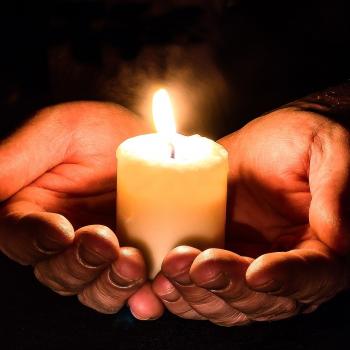At the “Egalia” preschool, staff avoid using words like “him” or “her” and address the 33 kids as “friends” rather than girls and boys.
From the color and placement of toys to the choice of books, every detail has been carefully planned to make sure the children don’t fall into gender stereotypes.
“Society expects girls to be girlie, nice and pretty and boys to be manly, rough and outgoing,” says Jenny Johnsson, a 31-year-old teacher. “Egalia gives them a fantastic opportunity to be whoever they want to be.”
The taxpayer-funded preschool which opened last year in the liberal Sodermalm district of Stockholm for kids aged 1 to 6 is among the most radical examples of Sweden’s efforts to engineer equality between the sexes from childhood onward.
Breaking down gender roles is a core mission in the national curriculum for preschools, underpinned by the theory that even in highly egalitarian-minded Sweden, society gives boys an unfair edge.
To even things out, many preschools have hired “gender pedagogues” to help staff identify language and behavior that risk reinforcing stereotypes.
Some parents worry things have gone too far. An obsession with obliterating gender roles, they say, could make the children confused and ill-prepared to face the world outside kindergarten.
“Different gender roles aren’t problematic as long as they are equally valued,” says Tanja Bergkvist, a 37-year-old blogger and a leading voice against what she calls “gender madness” in Sweden.
Those bent on shattering gender roles “say there’s a hierarchy where everything that boys do is given higher value, but I wonder who decides that it has higher value,” she says. “Why is there higher value in playing with cars?”











